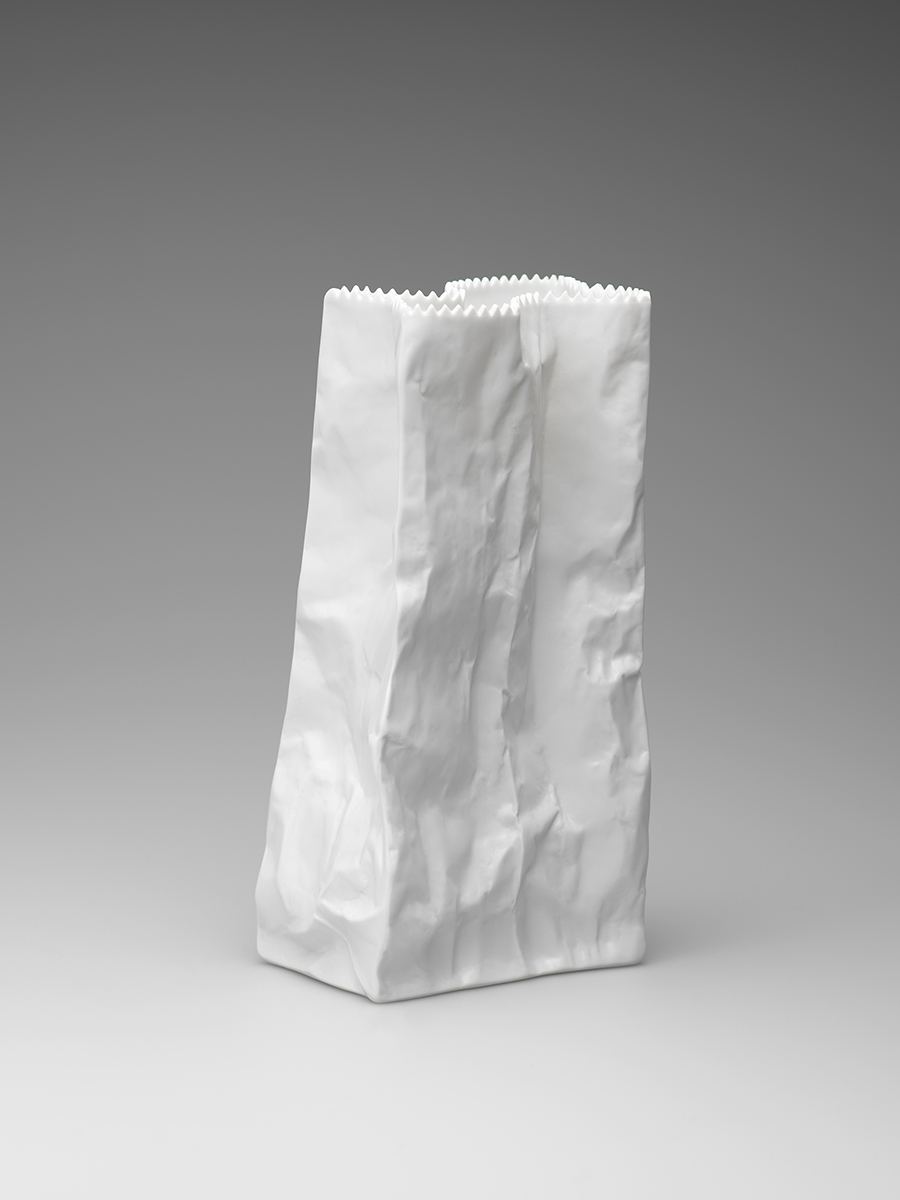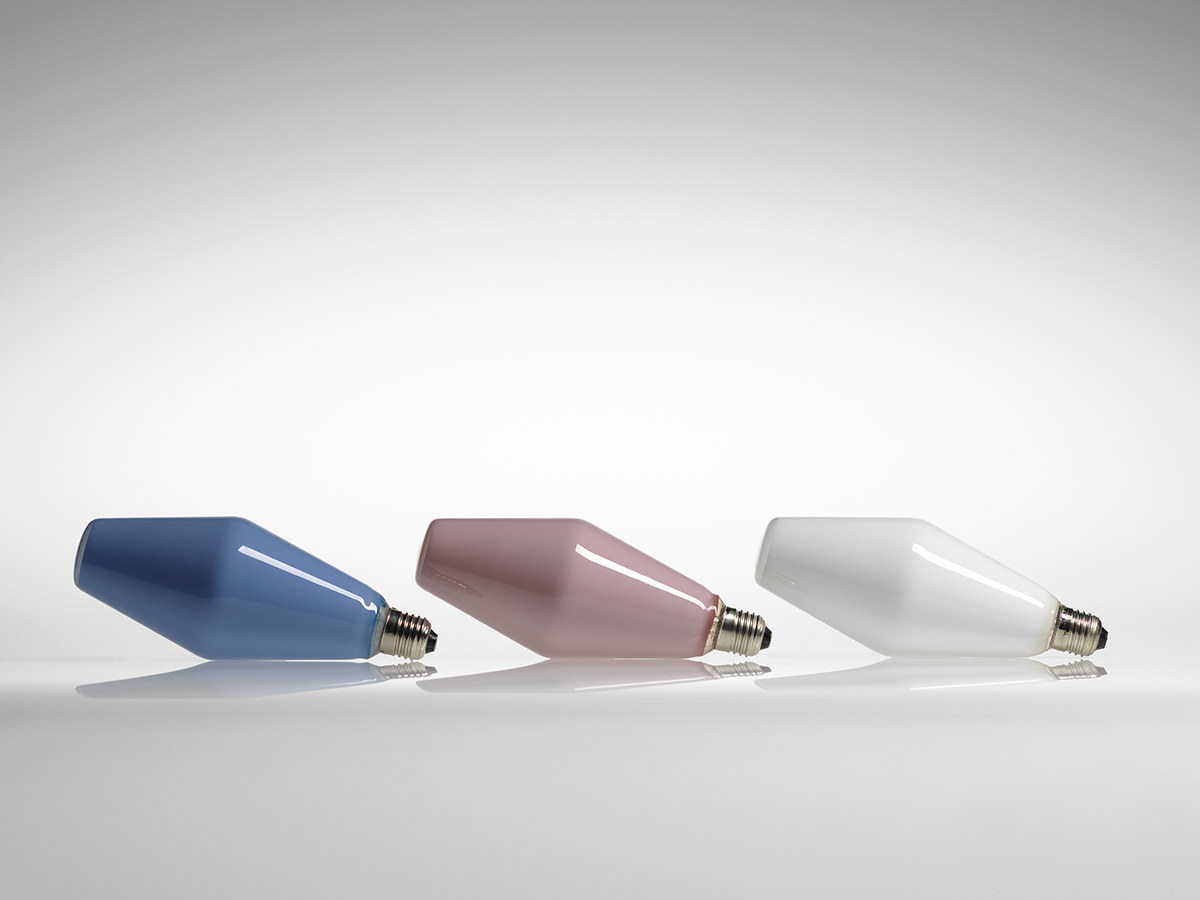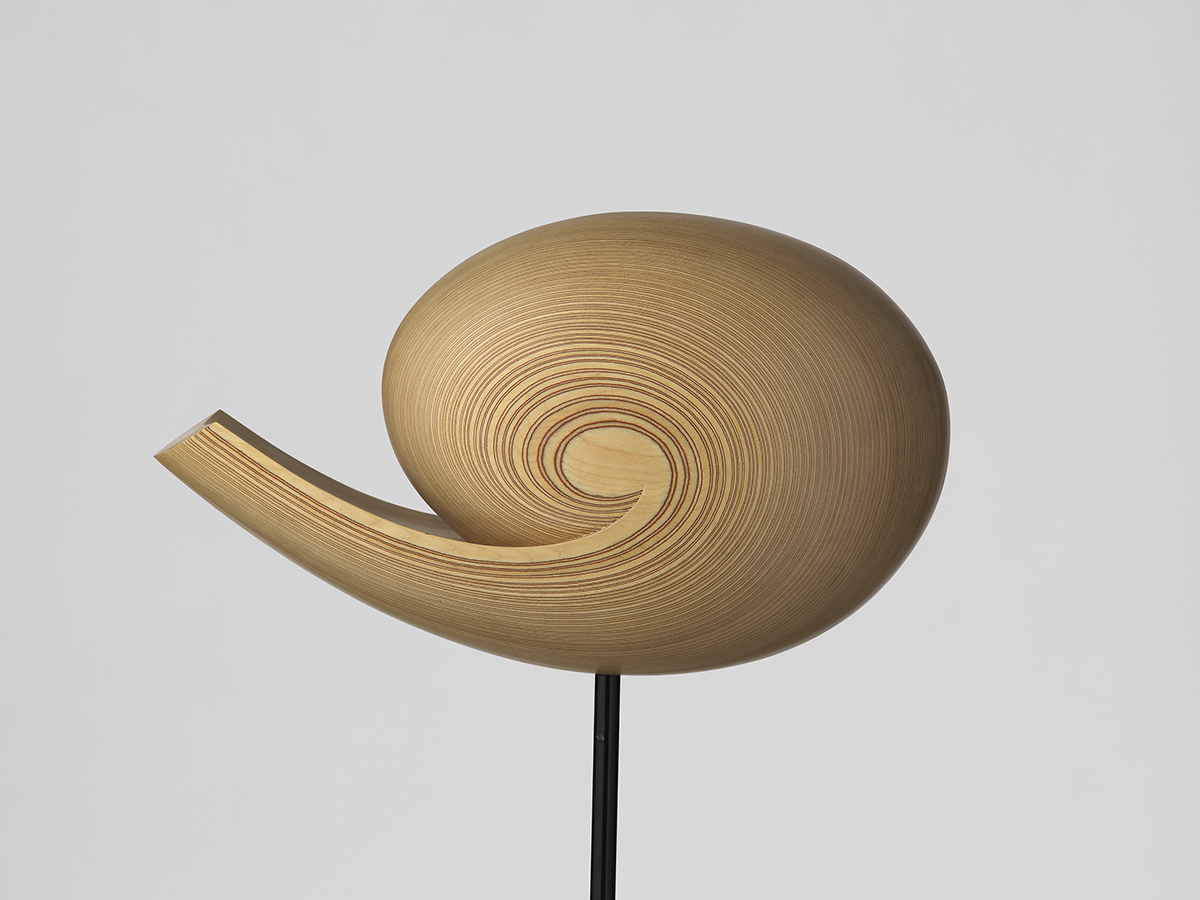TAPIO WIRKKALA — THE SCULPTOR OF ULTIMA THULE
HAPPENINGText: Alma Reyes
For the elegant Leaf Dish (1950s) in laminated plywood of stacked multiple layers of knot-free birch boards and cross-section carvings, Wirkkala had achieved a sense of rhythm with the slender pattern of curved lines. The beautiful design earned an award at the 9th Milan Trienniale, and had been considered a grand symbol of Scandinavian design.

Tapio Wirkkala, Paper Bag, 1977, Tapio Wirkkala Rut Bryk Foundation Collection / EMMA – Espoo Museum of Modern Art. © Ari Karttunen / EMMA
A unique porcelain object with jagged edges, Paper Bag (1977) seems to have been crumpled naturally by hand, creating an utterly realistic piece of sculpture. Wirkkala produced molds for his art by himself. He carved out the graphite block and finished metal molds. He remarked, “A designer must have eyes at his fingertips — they sense the movement and constant changes of geometric forms.” (Tokyo Station Gallery)

Tapio Wirkkala, WIR (light bulb), 1959, Tapio Wirkkala Rut Bryk Foundation Collection / EMMA – Espoo Museum of Modern Art. © Ari Karttunen / EMMA
In the small corner gallery in the same hall, we see some of Wirkkala’s finely shaped light bulbs and shades and their rough sketches, such as the light bulb (1959) in blue, pink and white.

Tapio Wirkkala, Kotilo (Shell), 1956, Tapio Wirkkala Rut Bryk Foundation Collection / EMMA – Espoo Museum of Modern Art. © Ari Karttunen / EMMA
As an architect, Wirkkala built a home in Lapland, Finland, blessed with a lake and neighboring trees. The constant intimacy with nature permitted him instinctive access to indigenous materials for his tools and products. The section “Park of Sculptures” encompasses impressive designs, particularly in wood of multifarious organic forms, ingrained with sophisticated lines. Among the stunning pieces is Kotilo (Shell) (1956). The spiral shape with delicate grains gives life to the shell image. Numerous glass sculptures are also on show. Visitors can detect the designer’s superior technical skill, such as employing copper engraving methods based on mythological motifs, and expressing abstract forms that were difficult to attain for mass production at that time.
Read more ...





